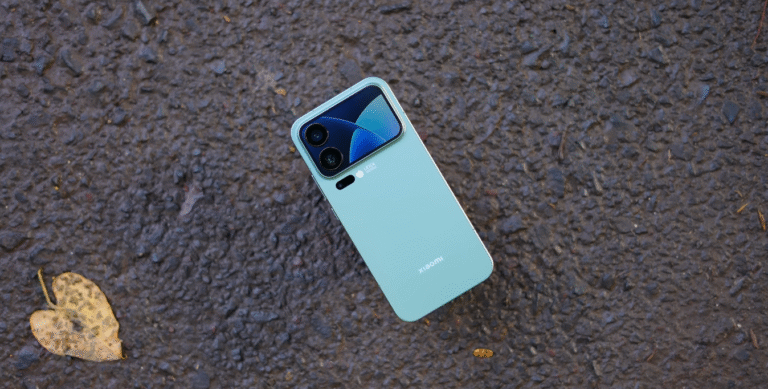Redmi 15 screen curvature & design feel: premium or gimmick?

Examining whether the design adds genuine value or just aesthetics
The design of the Redmi 15 distinguishes itself in its segment by emphasising curved back edges and a unified “all sides” curvature, which Xiaomi claims improves hand-feel and comfort. Given the large screen size (6.9″) and budget nature, the question for UK buyers is whether these design touches are actually meaningful or primarily marketing flair. This article explores the build, ergonomics, and everyday handling to assess if the design is more than just a gimmick.
From the outset, the Redmi 15’s curved design delivers tangible comfort benefits. For such a large-screen device, the curved edges and back frame help the phone fit the palm more naturally, reducing the slab-feeling that many budget big-screen phones suffer. When holding the phone for reading, streaming or longer sessions, users report the feel is smoother than other phones in the same price bracket—an ergonomic win. The curve also helps with grip, and combined with reasonable weight distribution the phone feels less brute-force than some equivalents.
That said, the size is still large. The 6.9-inch screen dominates the device, making one-hand use challenging regardless of curvature. Even with aesthetic curves, the phone will be bulkier than compact alternatives, affecting pocket carry and single-hand reach. So while the curves help, they don’t fully compensate for the size. If you prioritise compactness and one-hand comfort, you’ll still feel the trade-off.

Material choices and finish also matter. While curved design is a premium feature, the Redmi 15 remains in the budget tier. That means materials may not match premium glass or metal back-plates, and detailing, speaker grilles, frame finish may be simpler. The curves improve feel, but they do not elevate build to high-end luxury. Buyers should note the difference if they’ve used flagship phones before.
From a UK user perspective, the design contributes genuine value in a budget phone context because it addresses comfort and usability issues typically seen in budget large phones. The curves make longer sessions of use (media viewing, browsing) more pleasant, which is meaningful given the large display. If you spend a lot of time on your phone, this improvement matters. However, if your usage is short bursts or you prioritise ultra-premium feel and compact size, the benefit is less impactful.
In summary: the design curves of the Redmi 15 are more than just a marketing trick—they improve comfort and ergonomics in a large device at a budget price. They offer real everyday benefit for users who value large screen time, streaming, reading and media. But they are not full luxury; the feel won’t match top-tier flagship finishes and the size remains significant. For UK buyers seeking the best balance between price, big display and usable comfort, the Redmi 15’s design is a definite plus; for those seeking compactness, ultra-premium build and minimal size trade-offs, it may still feel like a compromise.





